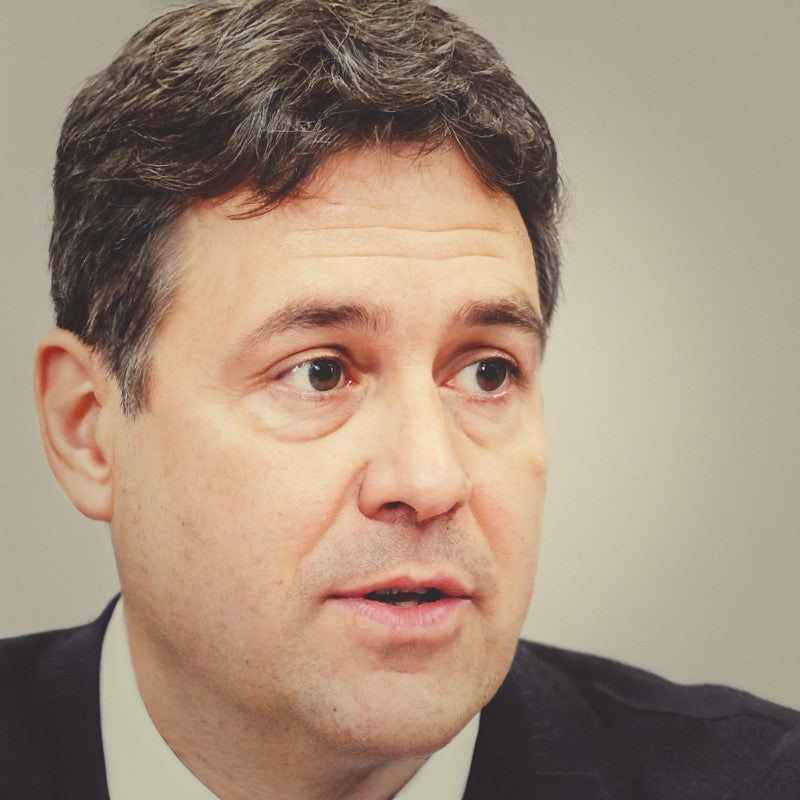Writing the 250-word statements for Civil Service exams can often feel like the hardest part of the application process.
These brief but dense pieces of writing can make or break your chances.
However, with a solid understanding of the behaviour in question and a good structure, this challenge can be transformed into an opportunity to showcase your strengths.
Related Article: 5 Managing a Quality Service Example Statements
Understanding "Managing a Quality Service" at SEO Level
At the Senior Executive Officer (SEO) level, "Managing a Quality Service" involves ensuring that services provided by your team meet high standards of quality, efficiency, and effectiveness. This behaviour emphasizes a customer-focused approach, where understanding and meeting the needs of both internal and external stakeholders is paramount.
At this level, you are expected to:
- Lead and inspire your team to deliver high-quality service.
- Identify and address any areas where service might fall short.
- Implement processes to continuously improve service delivery.
- Manage resources effectively to ensure quality standards are met within budget constraints.
- Engage with stakeholders to understand their needs and expectations.
Compared to previous levels, the SEO role requires a more strategic approach, where you are not just delivering a service but also shaping how services are developed and improved.
Structuring Your Statement with the B-STAR Technique
The B-STAR technique (Belief, Situation, Task, Action, Result) is an effective method for structuring your 250-word statement. Here’s how to use it to address the "Managing a Quality Service" behaviour at SEO level:
-
Belief: Start by briefly outlining your core belief about what managing a quality service means. This sets the stage and shows your understanding of the behaviour.
-
Situation: Describe a specific situation where you were responsible for managing a quality service. Ensure the context is clear and relevant to the SEO level.
-
Task: Explain the task at hand. What was your role? What objectives did you need to achieve?
-
Action: Detail the actions you took to manage and improve the quality of the service. Focus on the strategic elements of your approach, how you engaged your team, managed resources, and interacted with stakeholders.
-
Result: Conclude with the results of your actions. Highlight tangible improvements in service quality, stakeholder satisfaction, and any other relevant metrics.
By following the B-STAR technique, you can create a clear, concise, and compelling statement that showcases your ability to manage a quality service at the SEO level.

Check out 50 example statements across all 9 behaviours
Now, let’s look at an example statement that brings all these elements together…
250 Word Statement Example
I believe that delivering a high-quality service is fundamental to ensuring customer satisfaction and organizational success. This belief drives my dedication to continuously improving service delivery and addressing diverse customer needs.
As a PR Officer at a city council, I was tasked with revamping our community outreach program to better engage residents and address their concerns. The existing program was outdated and failed to meet the diverse needs of our community.
I started by conducting a thorough assessment, including surveys and focus groups with residents, to gather feedback on their experiences and expectations. This helped identify key areas for improvement.
Based on the insights gathered, I collaborated with various departments to develop a more inclusive outreach strategy. We set clear objectives and timelines, ensuring that the new approach would meet professional standards of excellence. The strategy included multilingual communications, accessible online platforms, and regular community events to foster direct interaction.
To implement the new system, I introduced a feedback mechanism where residents could easily share their thoughts and suggestions. I monitored this feedback closely and made adjustments to our approach based on the community’s needs. I also trained staff on cultural sensitivity and effective communication to enhance their interaction with residents.
I prioritized cost-efficiency by utilizing existing resources and partnering with local organizations to co-host events. Potential risks, such as low participation rates, were mitigated by targeted promotional campaigns and strategic outreach. The revamped program led to a 40% increase in resident engagement and a significant rise in positive feedback.


